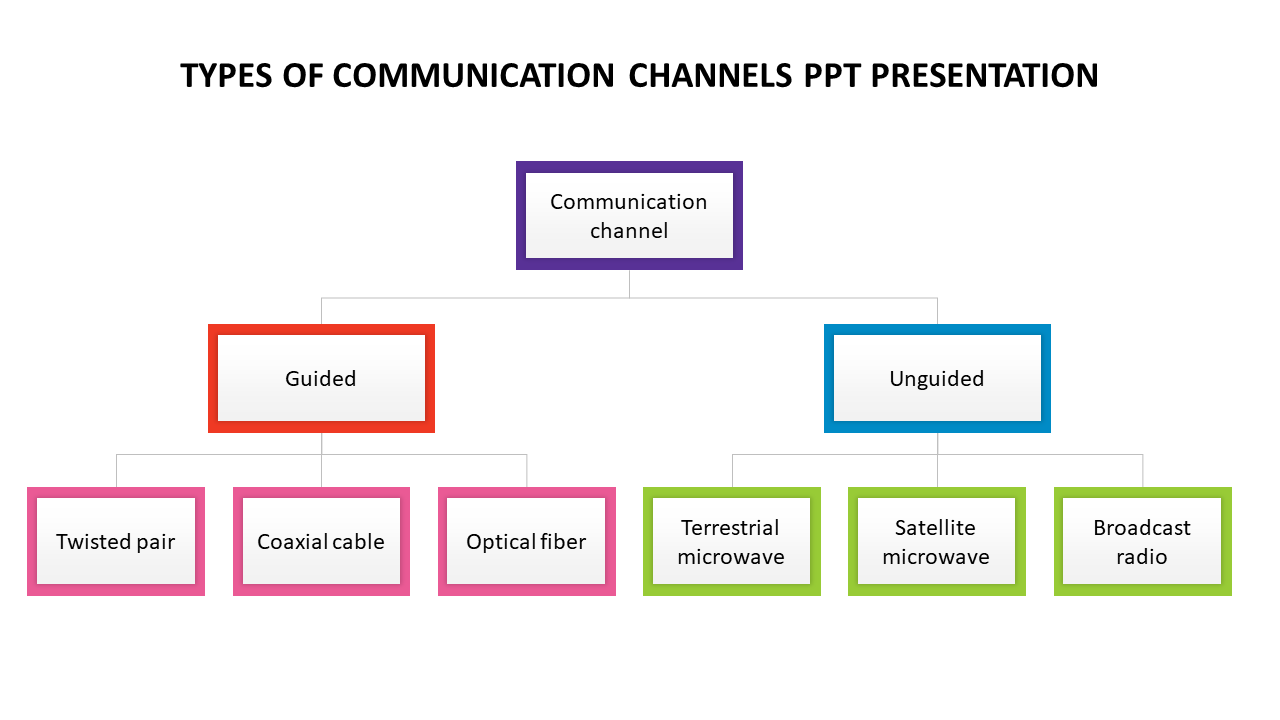Definition of Channel

Channel definition – A channel is a medium through which information, goods, or services are transmitted from one entity to another.
In the realm of electronic engineering, a channel often refers to a conductive pathway that enables the flow of charge carriers. However, when dimensions shrink to the nanoscale, intriguing phenomena emerge. Quantum pits, two-dimensional electron gases confined in a semiconductor heterostructure , exhibit remarkable properties that defy classical expectations.
By tailoring the dimensions and materials of these quantum pits, engineers can manipulate the channel’s electrical characteristics, opening up new avenues for advanced electronic devices.
Channels play a crucial role in communication, distribution, and marketing. In communication, channels refer to the means by which messages are conveyed, such as telephone lines, email, or social media platforms.
Channel, a passage or means of conveyance, like a river’s winding path, leading to a hidden treasure trove. A diamonds pit , a cavern of sparkling gems, beckons from the depths, its allure drawing seekers into its depths. And like a channel, this discovery redefines the boundaries of possibility, forever altering the course of those who venture within.
Channels in Distribution
In distribution, channels are the pathways through which products or services reach customers. They can be direct, such as selling directly to consumers through an online store, or indirect, involving intermediaries like wholesalers or retailers.
The channel is a pathway for information to flow, like a river carrying water. Just as an umbrella protects us from the rain, a channel defines the direction and scope of information flow. The umbrella definition clarifies the boundaries and purpose of the channel, ensuring that information is transmitted effectively and efficiently.
Importance of Channels
Channels are essential for businesses to reach their target audience, build relationships, and drive sales. Effective channel management involves selecting the right channels, optimizing distribution strategies, and leveraging technology to enhance customer experience.
Types of Channels

Channels are the pathways through which products or services reach customers. Different types of channels exist, each with unique characteristics, functions, advantages, and disadvantages.
Marketing Channels
Marketing channels are used to communicate with customers and promote products or services. They include:
- Traditional media: Television, radio, print, and billboards
- Digital media: Social media, search engines, and email
- Public relations: Media outreach and community engagement
- Events and trade shows: Opportunities to interact with customers and showcase products
Sales Channels
Sales channels are used to facilitate the transaction between customers and businesses. They include:
- Retail stores: Physical locations where customers can purchase products
- Online stores: Websites where customers can purchase products online
- Direct sales: Sales representatives who visit customers directly
- Telemarketing: Sales representatives who contact customers over the phone
Distribution Channels, Channel definition
Distribution channels are used to physically move products from producers to customers. They include:
- Wholesalers: Businesses that buy products in bulk and sell them to retailers
- Distributors: Businesses that specialize in transporting and storing products
- Logistics companies: Businesses that provide transportation and warehousing services
Choosing the Right Channel
The choice of channel depends on several factors, including the nature of the product or service, the target audience, and the marketing objectives. Each channel has its own advantages and disadvantages, and it is important to carefully consider these factors when selecting the most appropriate channel for a specific purpose.
Channel Management: Channel Definition

Channel management is the process of planning, implementing, and controlling the flow of goods and services from producers to consumers. It involves selecting the right channels, managing relationships with channel partners, and monitoring channel performance. Effective channel management can help businesses increase sales, improve customer satisfaction, and gain a competitive advantage.
When developing and implementing channel strategies, businesses should consider the following key factors:
- Target market: The target market is the group of consumers that a business is trying to reach. The channel strategy should be tailored to the specific needs and wants of the target market.
- Product: The product is the good or service that a business is selling. The channel strategy should be based on the characteristics of the product, such as its size, weight, and perishability.
- Distribution channels: There are a variety of distribution channels available to businesses, including retail stores, wholesalers, and online marketplaces. The channel strategy should be based on the most effective way to reach the target market.
- Channel partners: Channel partners are the businesses that help a business distribute its products or services. The channel strategy should be based on building strong relationships with channel partners.
Successful Channel Management Practices
There are a number of successful channel management practices that businesses can implement. Some of these practices include:
- Developing a clear channel strategy: A clear channel strategy is the foundation for effective channel management. The strategy should Artikel the target market, product, distribution channels, and channel partners.
- Managing channel relationships: Strong relationships with channel partners are essential for effective channel management. Businesses should work to build trust and cooperation with their channel partners.
- Monitoring channel performance: Businesses should regularly monitor channel performance to ensure that it is meeting expectations. The performance of each channel should be evaluated based on factors such as sales, customer satisfaction, and profitability.
Case Studies
There are a number of case studies that demonstrate the benefits of effective channel management. One example is the case of Dell Computer Corporation. Dell was able to achieve significant growth by implementing a direct-to-customer sales model. This model allowed Dell to bypass traditional distribution channels and sell directly to consumers. As a result, Dell was able to offer lower prices and better customer service than its competitors.
Another example is the case of Nike. Nike has been able to achieve success by implementing a multi-channel distribution strategy. Nike sells its products through a variety of channels, including retail stores, wholesalers, and online marketplaces. This strategy has allowed Nike to reach a wide range of consumers and increase its sales.
In the realm of media, a channel serves as a conduit through which information flows. From traditional television broadcasts to the digital world, channels have evolved to encompass a myriad of platforms. Among the latest iterations is wordle nyt , a captivating word game that has taken the internet by storm.
Wordle’s simplicity and daily challenge have garnered widespread appeal, showcasing the transformative power of channels in connecting people through shared experiences.